When I first set foot on the shores of ancient Sicily, I had no idea I’d stumble onto the fact that Syracuse once eclipsed even Athens in power and glory. Founded in 734 BC by settlers from Corinth, this Mediterranean city-state grew into a force to be reckoned with in the ancient Greek world.
By the late 4th century BC, Syracuse had become the largest Greek city, expanding its reach and influence all across the region.
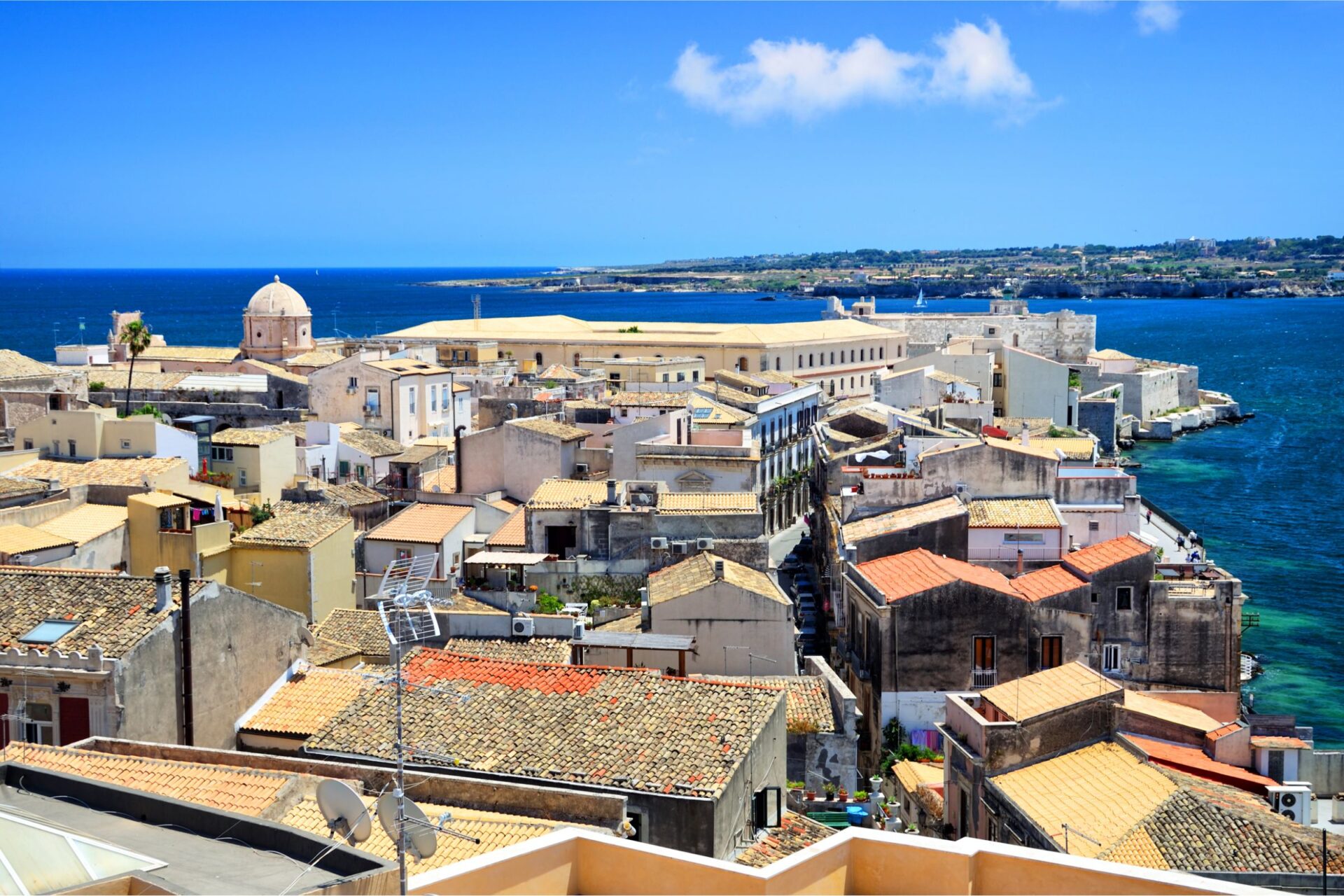
The story of Syracuse brims with drama, especially its legendary defeat of Athens during the Sicilian Expedition. That victory wasn’t just a minor skirmish—it dealt a crushing blow to Athenian ambitions. I found it fascinating how Syracuse inspired other Sicilian cities to unite, forming a resistance that even the mighty Athenians couldn’t break.
As I wandered through the ancient ruins today, echoes of Syracuse’s golden age seemed to linger in the air. Its spot in the Mediterranean made it a magnet for trade, culture, and military power.
Syracuse managed to fend off larger empires and even built its own. Honestly, it’s one of those Greek city-states that history books just don’t talk about enough.
The Rise of Syracuse: Becoming a Mediterranean Powerhouse
Syracuse started as a small colony but transformed into a dominant Mediterranean powerhouse. Its location on Sicily’s eastern coast gave it control over trade and a springboard to influence the wider region.
Founding by Dorian Greeks
In 734 or 733 BCE, Dorian Greeks from Corinth and Tenea founded Syracuse. They settled first on Ortygia, a small island with natural harbors and fresh springs.
From there, the settlement quickly spread to the mainland. The founders picked the site to control sea trade routes through the Mediterranean.
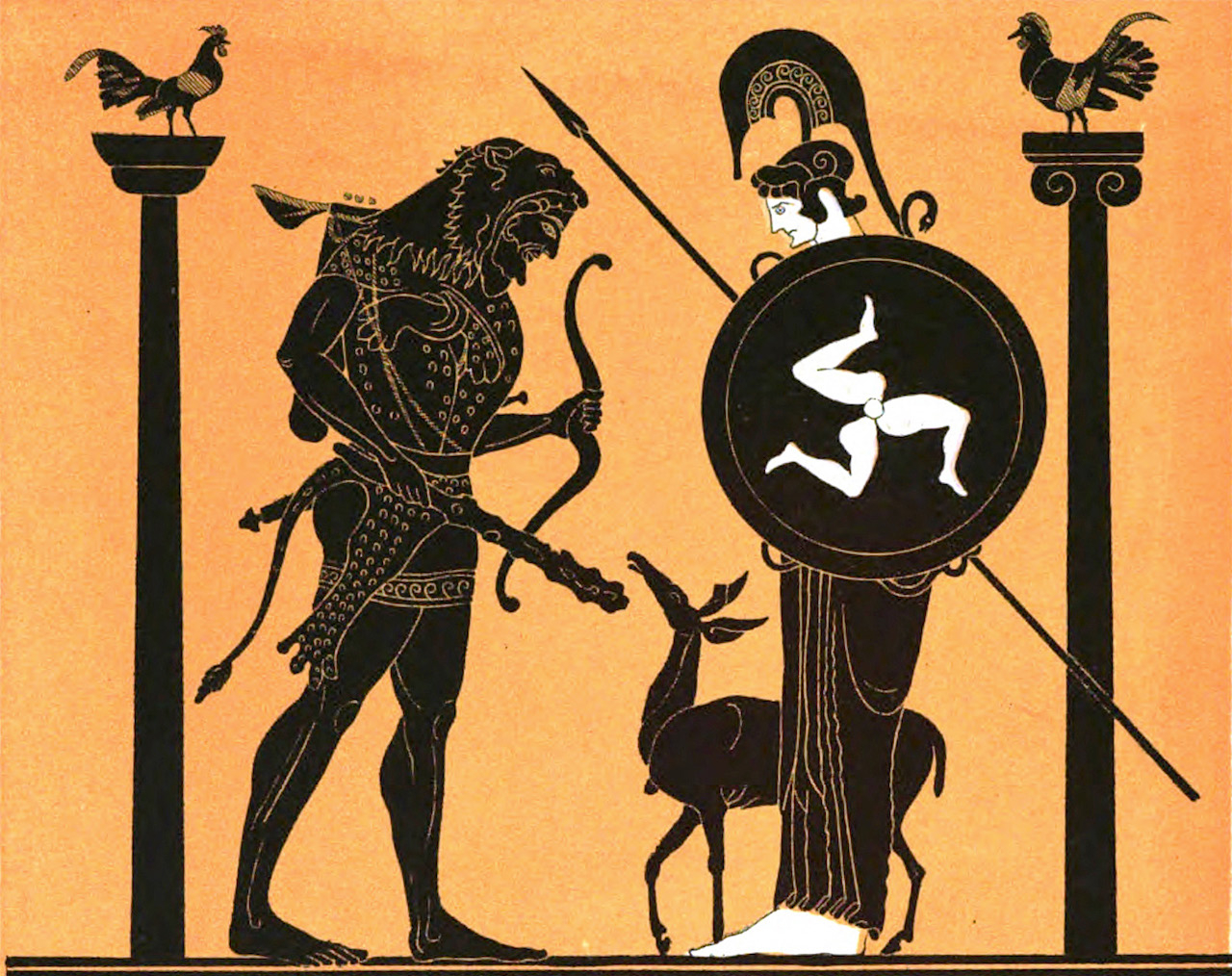
Image Source: Wikimedia Commons
The fertile land around Syracuse let the population grow and set up a solid economy. Within a hundred years, Syracuse had become a serious player.
The colonists established outposts like Akrai (664 BCE), Kasmenai (643 BCE), and Kamarina (599 BCE), expanding their reach in eastern Sicily.
Dominance in Magna Graecia
Syracuse kept climbing the ranks among the Greek colonies of Magna Graecia. Its influence stretched beyond Sicily to southern Italy and into the Mediterranean trade web.
By the 5th century BCE, Syracuse had outpaced many mainland Greek cities in wealth and clout. Its strength came from trade, farming, and a tough military.
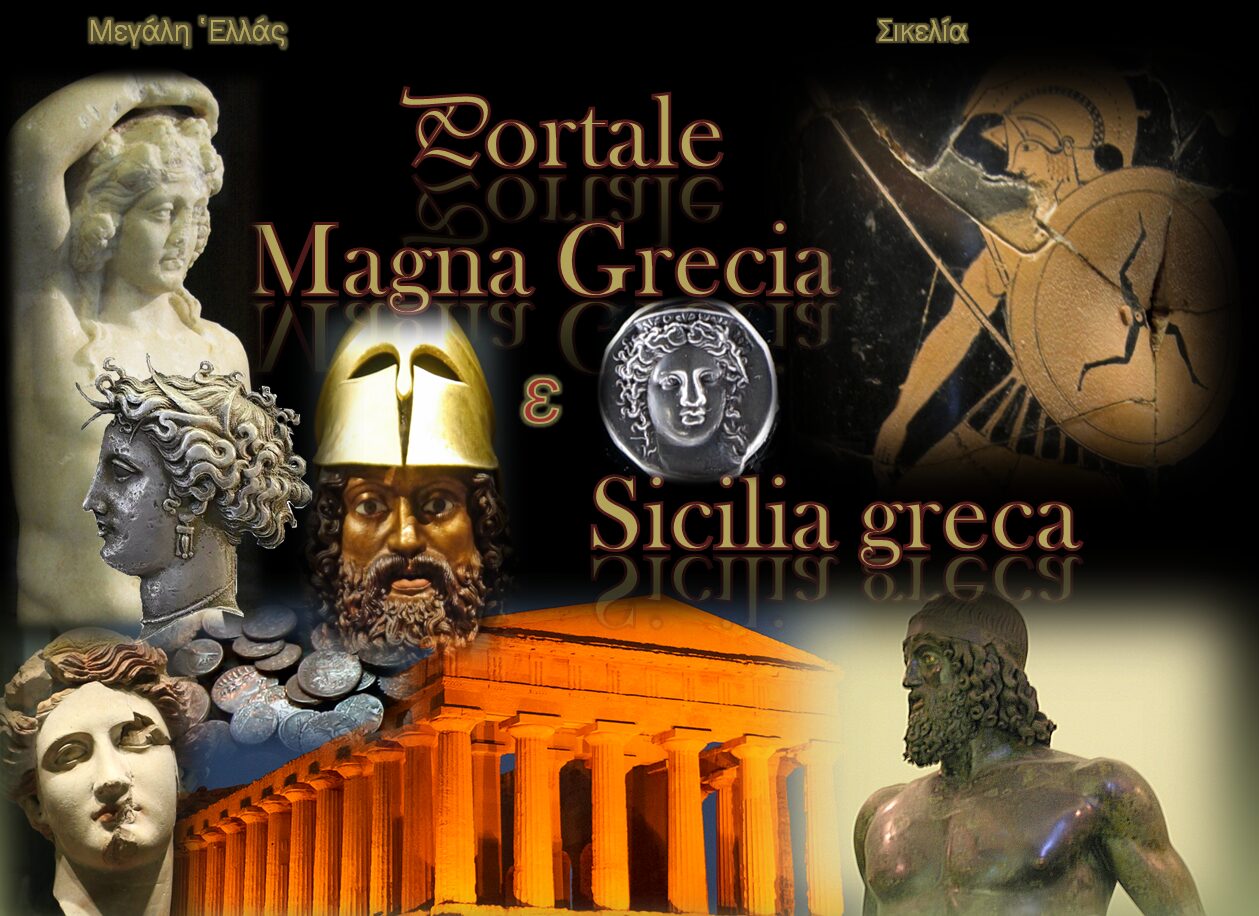
Image Source: Wikimedia Commons
Syracuse brought nearby cities under its wing through both deals and outright conquest. Cities like Catana, Heloros, and eventually Kamarina fell under Syracusan sway.
The population ballooned as Syracuse absorbed more communities. They built a navy strong enough to defend their interests and even challenge Athens.
Trade routes reached Egypt, Carthage, and the eastern Mediterranean. These connections brought in wealth that paid for grand buildings and military campaigns.
Gelon, Tyranny, and the Golden Age
Gelon seized control in 485 BCE and kicked off Syracuse’s most powerful era. He ruled as a tyrant, but his leadership turned Syracuse into Sicily’s top Greek city.
Gelon grew the city by moving people from conquered towns into Syracuse. He beefed up the military and forged key alliances, like with Theron of Akragas.
In 480 BCE, Gelon led Syracuse to a huge win over Carthage at the Battle of Himera. That victory cemented Syracuse as Sicily’s leading power.
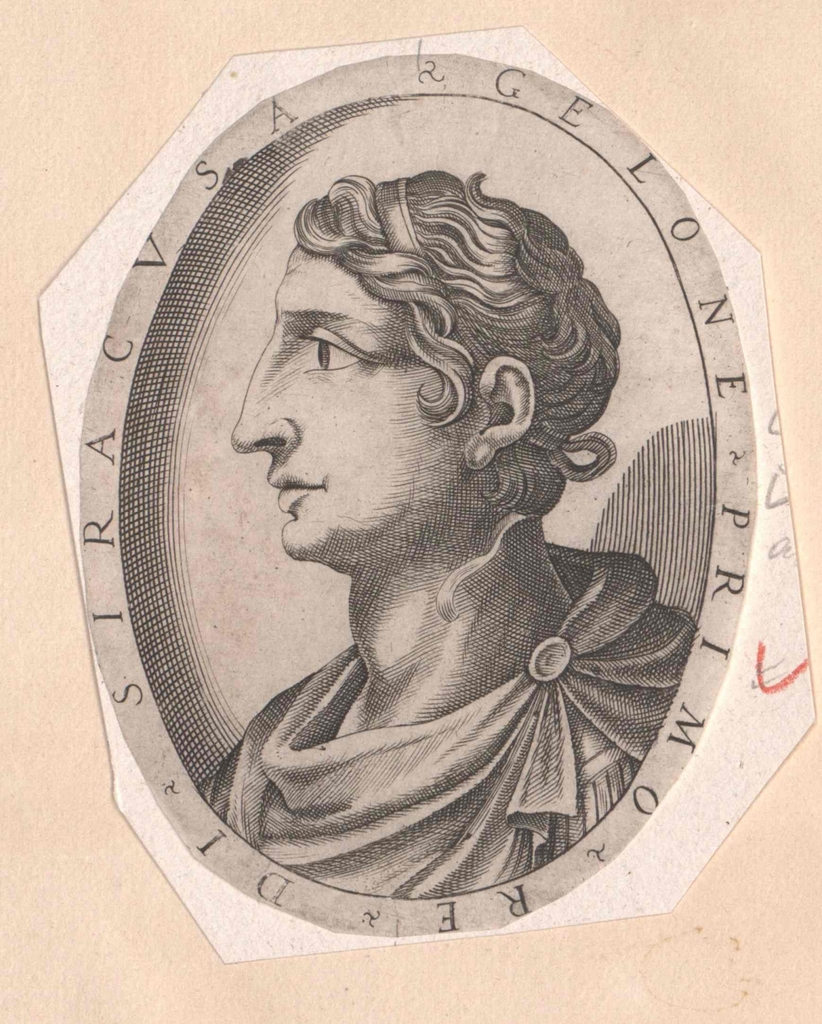
Under Gelon and those who followed, Syracuse flourished culturally. The city drew poets, philosophers, and artists from all over the Greek world.
The city’s riches paid for temples, theaters, and strong defenses. These buildings rivaled anything Athens or other Greek cities could show off.
Rivalry with Athens and the Sicilian Expedition
The rivalry between Syracuse and Athens stands out as one of ancient Greece’s most intense showdowns. Their conflict reached its peak in a military clash that would tip the balance of the Peloponnesian War.
The Peloponnesian War and Syracuse
Athens and Sparta dragged their allies into the Peloponnesian War, which swept across the Greek world. Syracuse, as Sicily’s top power, got pulled into the struggle too.
Syracuse ran its own version of democracy, though it sometimes veered into civil strife. I’ve stood among the ruins where debates once echoed, and it’s easy to imagine the tension.
Both Athens and Sparta saw Syracuse as a valuable prize. Athens worried Syracuse might back Sparta, but also craved Sicily’s resources and strategic spot.
When the war broke out in 431 BCE, Syracuse tried to stay neutral but leaned toward the Spartans.
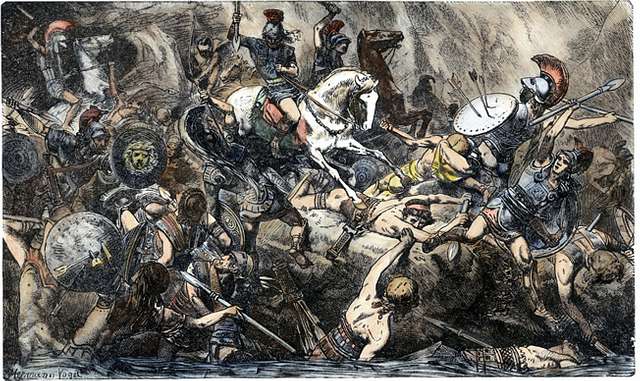
Sicilian Expedition: Turning the Tide
In 415 BCE, Athens sent a massive fleet to attack Syracuse. Standing on those same shores, it’s wild to picture the arrival of that armada.
Alcibiades, Athens’ charismatic leader, pushed for the expedition but got recalled soon after. At first, the Syracusans reacted slowly, giving Athens a head start.
The momentum shifted when Sparta sent Gylippus to help Syracuse. The defenders built a counter-wall, stopping the Athenian siege cold.
The final showdown played out in the Great Harbour. Today, you’ll see peaceful boats gliding over waters that once teemed with warships.
Athens lost both its fleet and army. Thousands of Athenians ended up in the stone quarries of Achradina as prisoners—you can still walk through those same quarries.
This crushing win put Syracuse at its zenith, making it clear they had outmatched even Athens.
Syracuse Through the Ages: From Classical Glory to Modern Legacy
Syracuse’s story stretches far beyond its rivalry with Athens. The city became a cultural crossroads where Greek, Carthaginian, Roman, and Byzantine influences blended into something uniquely Sicilian.
The Cultural Flourish: Architecture, Art, and Science
Walking around Syracuse, I can’t help but notice the layers of history in every stone. The Doric columns of the Temple of Apollo show off the city’s Greek roots.

Art thrived here just as much as on the mainland. I’ve spent hours in the Duomo, where a delicate Madonna with Child sits above what used to be a temple to Athena. You can still spot the ancient columns built right into the cathedral walls.
Syracuse produced some real geniuses. Archimedes, born in 287 BCE, changed the world of math and engineering. Philosophers and playwrights flocked here—Plato visited three times, and the city’s theater hosted plays by Sophocles and Euripides.
Syracusan athletes made their mark at the Olympic Games, adding to the city’s fame.
Beyond Greeks: Carthaginians, Romans, and Byzantines
Syracuse’s location made it a target for ancient superpowers. During the Punic Wars, the city switched sides from Carthage to Rome, which ended up saving it when Rome destroyed Carthage’s other strongholds.
Under Roman rule, Syracuse stayed important as Sicily’s capital. I’ve walked through the Roman amphitheater, where gladiators once fought—surprisingly, it’s still in great shape.
The Byzantine era brought new religious influences. The Cappella del Crocifisso features Byzantine elements, and the Duomo’s transformation from temple to church really captures this shift.
When Arab forces conquered Sicily in 878 CE, Syracuse’s Christian community kept its influence. Later, Norman rulers left their mark, laying the groundwork for the Sicilian-Baroque style that would shape the city’s future.
Syracuse kept bouncing back, no matter who was in charge. It’s a city that absorbed its conquerors rather than disappearing.

Image Source: Wikimedia Commons
Sacred Spaces and Landmarks: Hidden Wonders of Syracuse
Syracuse’s religious architecture tells a story of conquest, cultural mixing, and artistic brilliance that spans centuries. As I wandered the ancient streets, I saw how temples changed hands but stayed sacred.
Ortygia Island and the Heart of Syracuse
Ortygia Island is the beating heart of Syracuse, where old and new worlds meet. I got lost in winding medieval streets that suddenly opened up to stunning sea views and architectural gems.
The island was the original Greek settlement, now linked to the mainland by short bridges. I found the maze of alleyways pretty easy to navigate, with surprises around every corner.
Piazza Duomo, the main square, buzzes with life day and night. Local cafés make the perfect spot to sip espresso and watch the Baroque buildings glow in the Sicilian sun.
What really struck me was how Ortygia feels alive—a living museum where people hang laundry between columns that have stood for thousands of years.

Architectural Marvels: Temples and Baroque Beauty
The Duomo of Syracuse might be the most fascinating mix of old and new I’ve ever seen. The cathedral literally wraps around the ancient Temple of Athena, with huge Doric columns still visible both inside and out.
Inside, I ran my fingers along those ancient columns, now holding up a Christian church. Bishop Zosimo led the transformation in the 7th century, keeping much of the original building intact.
The Baroque façade, added after the 1693 earthquake, stands in sharp contrast to the Greek foundation. Shiny Carrara marble and ornate decorations show off the city’s later artistic flair.
The Temple of Apollo, Syracuse’s oldest Greek temple, dates back to the 6th century BCE. Its weathered columns still anchor the piazza at the entrance to Ortygia.
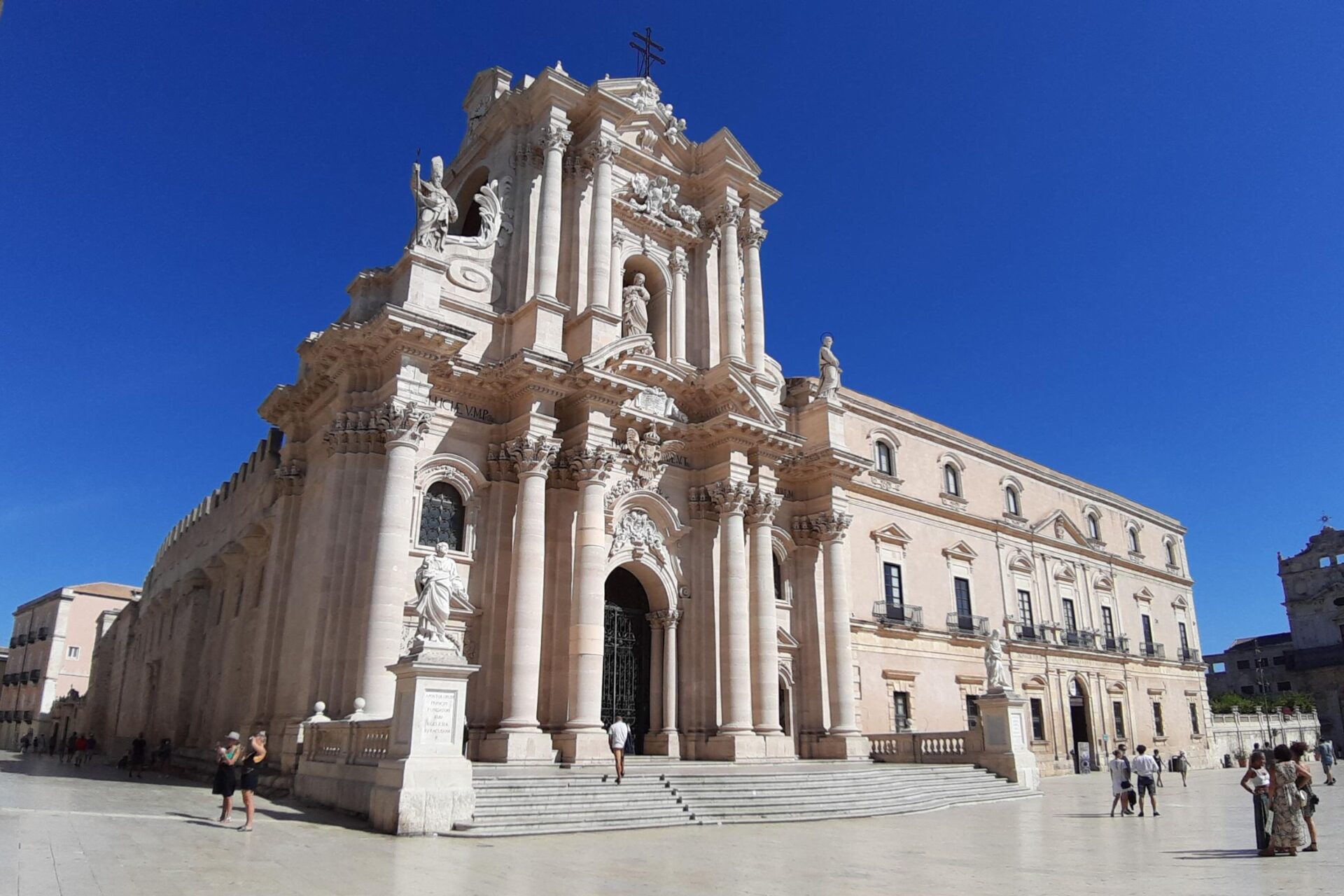
Religious Relics, Saints, and Artistic Heritage
St. Lucy, the city’s patron saint, has a presence you can’t ignore. Her golden statue in the Duomo draws pilgrims hoping for her blessing, especially for eyesight.
I spent ages admiring the cathedral’s art, like the beautiful Madonna with Child and a striking painting of St. Catherine of Alexandria. The Cappella del Crocifisso holds relics that have inspired believers for centuries.
Syracuse’s religious history is complicated. The Duomo even served as a mosque during Arab rule before returning to Christianity, and you can spot hints of this in the architecture.
Early Christian catacombs beneath the city show how the first Christians worshipped in secret. These underground spaces contain some of the oldest Christian art I’ve seen outside Rome.
Legacy of Syracuse: Influence on Mediterranean Civilization
Syracuse left a mark on Mediterranean history that goes way beyond its ancient walls. Its cultural innovations, architecture, and intellectual breakthroughs helped shape civilizations across the region.
Echoes Across the Mediterranean World
Syracuse matched Athens in influence during its heyday. The city became a hub of Greek culture, spreading Hellenic ideas all around the Mediterranean.
I’ve pored over how Syracusan thinkers—especially Archimedes—changed ancient science and technology. Their advances in math and engineering set new standards.
The city’s theater traditions reached far and wide. When I visited the ancient theater, I could almost hear the echoes of plays that inspired drama across the Greek world.
Syracuse’s naval designs also changed the game for Mediterranean warfare. Other powers, even rivals, copied their ships.
Even after Rome took over, Syracuse’s culture kept influencing the wider Roman world.
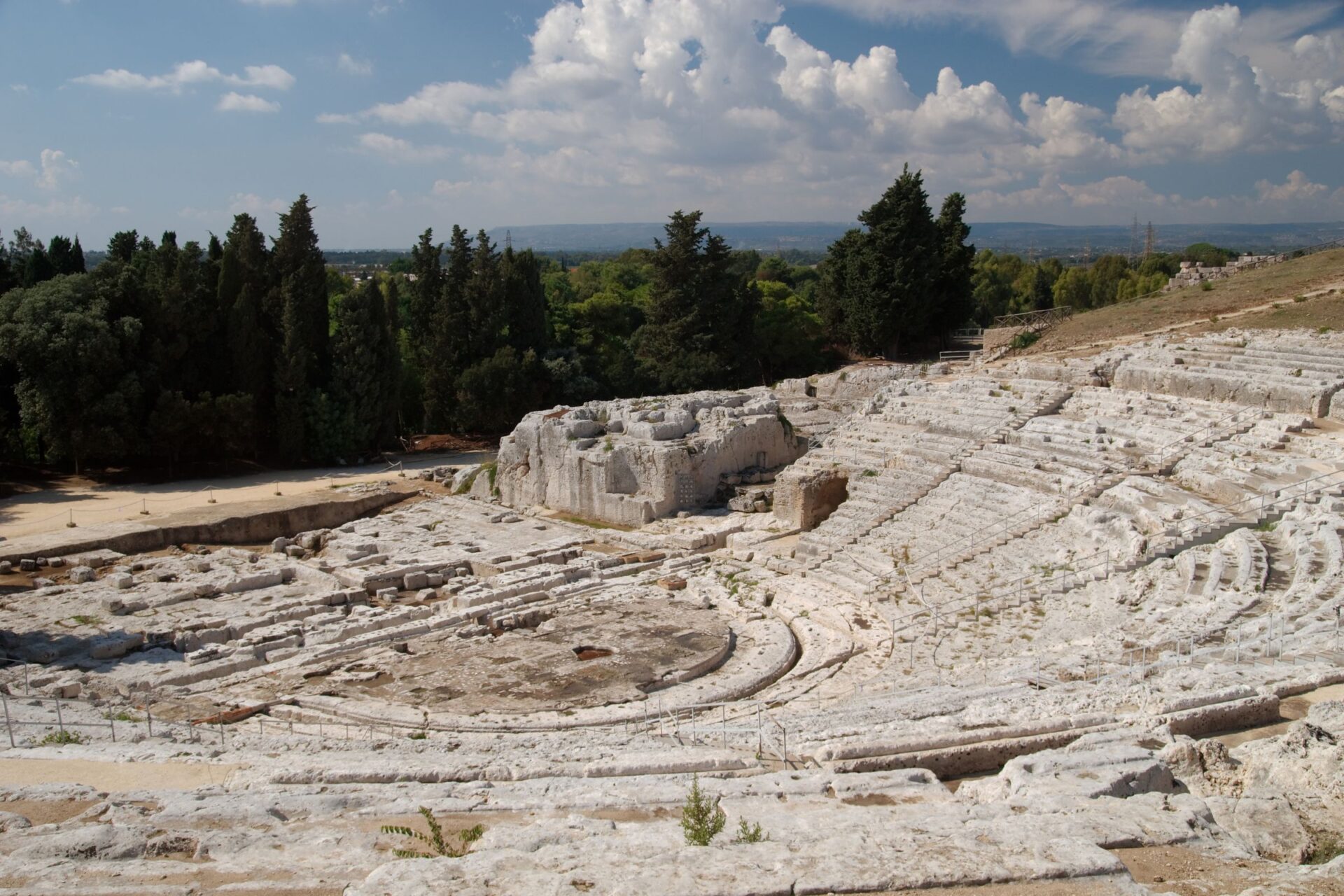
Lasting Impact in Modern Sicilian Identity
When I wander through modern Syracuse, I can’t help but notice how ancient heritage weaves itself into daily life.
The magnificent Duomo really grabs your attention. It started as a Greek temple, then became a cathedral, and later got that dramatic Baroque façade after the 1693 earthquake.
This Sicilian-Baroque style—honestly, it’s kind of wild—sprang up partly because of Syracuse’s deep roots. You see it in so many towns across eastern Sicily.
The island’s cultural identity feels unique, shaped by this mix of Greek foundations and newer influences layered on top.
Syracuse’s old streets now draw in visitors from all over the world. Tourism keeps the local economy going strong.
Locals seem genuinely proud of their Greek roots. You see it in the festivals, the food, and all the efforts to preserve what remains.
Even the city’s ancient water management systems inspired parts of modern infrastructure.
Syracuse keeps surprising me. These traces of old civilizations still shape the way people build and live here, even now.

